Home>Articles>How Far Does A Fence Have To Be From The Road In Florida
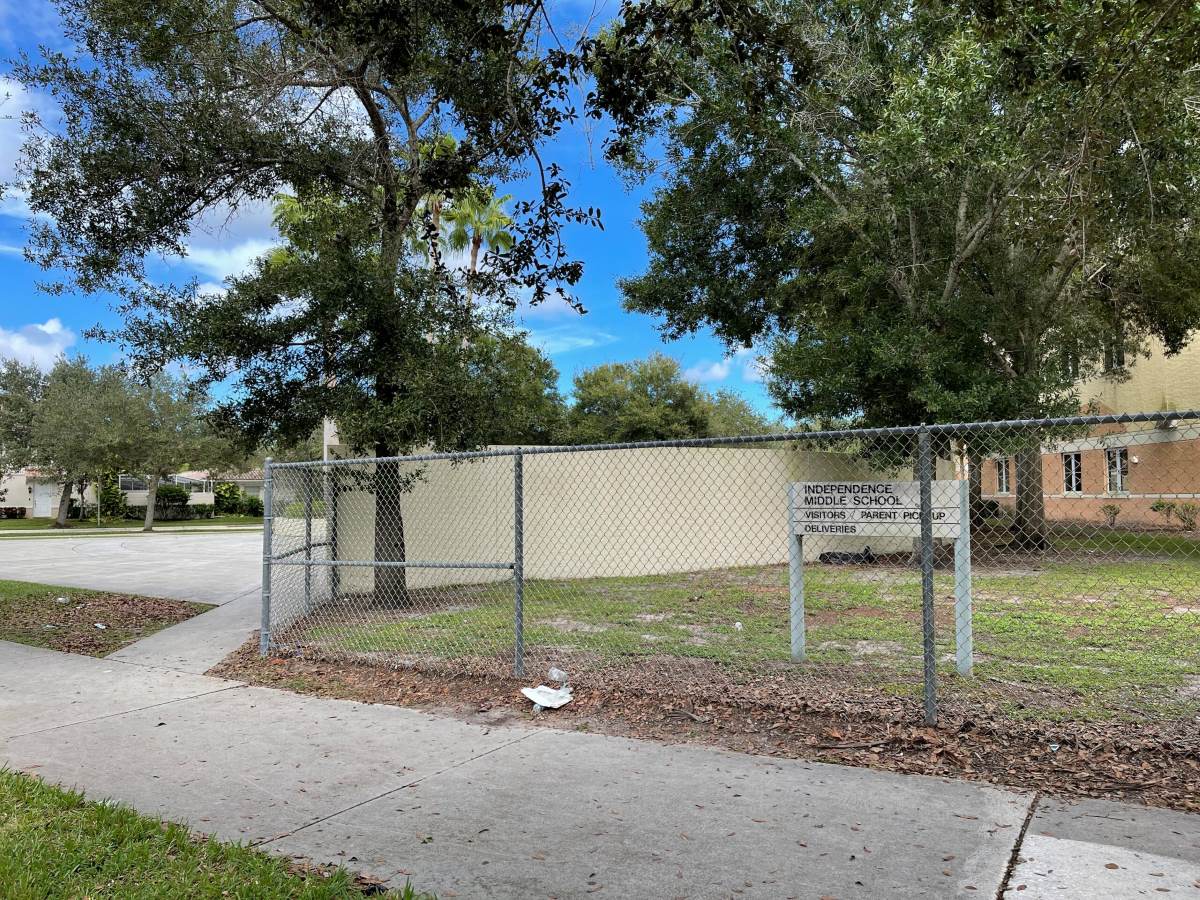

Articles
How Far Does A Fence Have To Be From The Road In Florida
Modified: January 8, 2024
Learn about the regulations for fence placement near roads in Florida. Read our informative articles to understand how far a fence has to be from the road in Florida.
(Many of the links in this article redirect to a specific reviewed product. Your purchase of these products through affiliate links helps to generate commission for Storables.com, at no extra cost. Learn more)
Introduction
Welcome to Florida, the Sunshine State! If you’re a homeowner or business owner in Florida, you may be considering installing a fence around your property. Fences not only provide privacy and security but also enhance the aesthetic appeal of your space. However, it’s essential to understand the regulations surrounding fence installation, particularly the distance requirements from roads.
In Florida, the distance a fence must be from the road varies depending on several factors, such as the type of road and the location of the property. These regulations are in place to ensure safety, maintain visibility, and manage transportation infrastructure. Understanding these requirements will help you plan your fence installation project effectively and avoid any potential legal issues.
In this article, we’ll delve into the specifics of fence distance requirements in different areas of Florida. Whether you live in a residential neighborhood, own a business in a commercial area, or are considering installing a fence near a highway, we’ll cover it all. We’ll also explore any exceptions to these regulations and provide you with a comprehensive understanding of the regulations surrounding fence distance from roads in Florida.
So, if you’re ready to learn about the guidelines for fence installation in Florida, let’s dive into the details!
Key Takeaways:
- Understanding fence distance requirements in Florida is crucial for safety, functionality, and aesthetics. Compliance ensures a well-planned and safely installed fence, contributing to the overall well-being of communities.
- Property owners should be aware of exceptions and special considerations, such as variances, non-conforming structures, historical districts, and special use permits. Consulting local authorities is essential for navigating unique circumstances while maintaining compliance.
Florida State Regulations on Fence Distance from Roads
When it comes to fence distance from roads in Florida, the regulations are determined by the Florida Department of Transportation (FDOT) and local government authorities. These regulations prioritize the safety and functionality of roadways while also considering the needs of property owners.
Generally, the main factor that determines the fence distance requirement is the classification of the road. Roads can be classified as residential streets, commercial streets, or major highways. Each classification has specific guidelines regarding the distance a fence should be placed from the road. Let’s explore these requirements in more detail.
Residential Areas: In residential areas, the general rule of thumb is that the fence should be set back a minimum of 10 feet from the property line or the edge of the road pavement, whichever is greater. This requirement is in place to ensure that adequate space is available for utilities, drainage, and maintenance.
Commercial Areas: For fences located in commercial areas, the distance requirement generally depends on the type of road. On collector roads and local access roads, the fence must be set back at least 15 feet from the road. On major arterials and commercial highways, the setback requirement may increase to 25-30 feet to allow for better visibility and access.
Highways and Major Roads: When it comes to fences near highways or major roads, the regulations become more stringent. Fences located adjacent to limited-access highways, such as interstates, typically have a larger setback requirement of 50-60 feet from the edge of the road pavement. This is to ensure clear sightlines for drivers and allow for potential road expansions in the future.
It’s important to note that these are general guidelines, and there may be variations depending on specific local codes or unique circumstances. It is always recommended to consult with your local zoning or transportation department to ensure compliance with all applicable regulations.
Now that we’ve covered the basic fence distance requirements in Florida, let’s explore any exceptions or special considerations that may apply.
Residential Areas: Fence Distance Requirements in Florida
In residential areas of Florida, homeowners often install fences to set boundaries, enhance privacy, and enhance the aesthetic appeal of their properties. However, it’s important to understand the specific fence distance requirements to ensure compliance with local regulations and maintain the safety and functionality of the neighborhood.
The general rule for fence distance in residential areas is to set the fence back a minimum of 10 feet from the property line or the edge of the road pavement, whichever is greater. This requirement allows sufficient space for utilities, drainage, and maintenance activities along the road.
When installing a fence in a residential area, it’s crucial to consider the setback requirement and ensure that your fence is within the allowable distance. Keep in mind that the setback is measured from the outermost point of your fence, including any gates or protruding structures.
It’s also important to consider any specific guidelines or restrictions enforced by homeowners’ associations or neighborhood covenants. Some residential communities may have additional requirements or limitations on fence height, material, or design. Before proceeding with your fence installation project, verify if there are any specific guidelines applicable to your neighborhood.
By adhering to the fence distance requirements in residential areas, you not only comply with local regulations but also contribute to the overall safety and well-being of your community. Maintaining proper setbacks ensures clear sightlines for vehicles, pedestrians, and cyclists, reducing the risk of accidents.
Remember to obtain any necessary permits or approvals from your local zoning or building department before commencing your fence installation. They can provide specific guidance and ensure your project aligns with local regulations and requirements.
Next, let’s explore the fence distance requirements in commercial areas in the state of Florida.
Commercial Areas: Fence Distance Requirements in Florida
In commercial areas of Florida, businesses often install fences for security, privacy, and aesthetic reasons. However, it’s important to be aware of the specific fence distance requirements to comply with local regulations and ensure the safety and functionality of the surrounding area.
The fence distance requirements in commercial areas depend on the classification of the road and can vary between different types of roads.
On collector roads and local access roads in commercial areas, the fence must typically be set back at least 15 feet from the road. This setback is necessary to ensure that there is adequate space for utilities, maintenance activities, and to maintain clear sightlines for drivers and pedestrians.
However, on major arterial roads and commercial highways, the setback requirement may increase to 25-30 feet or more. The larger setback is necessary to facilitate better visibility, accommodate road widening or expansion in the future, and maintain the overall safety and efficiency of the transportation infrastructure.
These setback requirements are crucial for ensuring that businesses in commercial areas can operate safely and smoothly, with proper access to their properties. The setback creates a buffer zone between the road and the property, minimizing the risk of accidents, allowing for proper signage, and ensuring adequate space for parking and loading areas.
It’s important to note that the setback requirements may vary based on local codes, zoning regulations, or unique circumstances of the commercial area. Therefore, it’s advisable to consult with your local zoning or transportation department to understand the specific fence distance requirements that apply to your location.
Additionally, if you are part of a commercial development or shopping plaza, there may be specific guidelines or restrictions enforced by the property management or owners’ association. These guidelines may include restrictions on fence height, design, and materials. Make sure to review and comply with any additional requirements set forth by the commercial development or plaza.
By adhering to the fence distance requirements in commercial areas, business owners contribute to the overall safety, accessibility, and aesthetic appeal of the area. Ensuring proper setbacks allow for a harmonious integration of businesses within the surrounding transportation infrastructure.
Next, let’s explore the fence distance requirements specifically for highways and major roads in Florida.
In Florida, the distance a fence must be from the road varies by location and local zoning regulations. It’s best to check with your local government or zoning department for specific requirements.
Highways and Major Roads: Fence Distance Requirements in Florida
When it comes to highways and major roads in Florida, the fence distance requirements are more stringent compared to residential or commercial areas. These regulations aim to maintain the safety of road users, provide clear sightlines, and allow for potential road expansions or improvements in the future.
Fences located adjacent to limited-access highways, such as interstates, usually have a larger setback requirement. The setback distance can range from 50 to 60 feet from the edge of the road pavement. This significant setback ensures that there is ample space for utilities, future road widening projects, and clear sightlines for drivers.
The larger setback on highways and major roads is particularly important to prevent obstruction of vision and reduce potential hazards. It allows drivers to have a clear view of oncoming traffic, pedestrians, or any other potential obstacles on the road, which improves overall safety for everyone.
Additionally, the larger setback creates a buffer zone between the road and adjacent properties, minimizing the risk of accidents and providing space for potential road expansion or improvement projects in the future. It also allows for proper signage and facilitates better traffic flow and access to neighboring properties.
It’s essential to note that the setback requirements for highways and major roads may vary based on specific local regulations or unique circumstances of the road. Therefore, it’s crucial to consult with the Florida Department of Transportation (FDOT) or your local zoning and transportation departments to understand the precise fence distance requirements that apply to your location.
Complying with the fence distance requirements for highways and major roads is crucial to ensure the safety and efficiency of the transportation infrastructure. By maintaining proper setbacks, property owners contribute to the overall functionality and accessibility of the roadways, enhancing the experience for all road users.
Next, let’s explore any exceptions or special considerations that may apply to fence distance requirements in Florida.
Exceptions to Fence Distance Requirements in Florida
While the fence distance requirements in Florida provide guidelines for maintaining safety and functionality, there are certain exceptions and special considerations that can affect these requirements. It’s important to be aware of these exceptions to ensure compliance with local regulations while considering unique circumstances.
1. Variances and Waivers: In some cases, property owners may apply for variances or special waivers to deviate from the standard fence distance requirements. Variances are typically granted when the strict adherence to the regulations poses a significant hardship on the property owner. However, obtaining a variance usually requires a rigorous process, including presenting a strong case and demonstrating the need for an exception.
2. Non-Conforming Structures: If your property already has a fence that does not meet the current distance requirements due to changes in local regulations, it may be considered a non-conforming structure. In most cases, non-conforming structures are allowed to remain as long as they are not substantially altered or expanded. However, it’s essential to verify the specific regulations and limitations regarding non-conforming structures in your local jurisdiction.
3. Historical or Preservation Districts: Properties located in historical or preservation districts may have specific guidelines or restrictions on fence installation and distance requirements. These districts aim to preserve the architectural integrity and historical significance of the area. If your property falls within such a district, consult with the local preservation board or historic district commission to determine any special considerations or requirements that apply to your fence installation.
4. Special Use Permits: In certain circumstances, property owners may be granted special use permits that allow for deviations from the standard fence distance requirements. These permits are typically issued for specific projects or purposes and involve a review process to assess the impact on surrounding areas.
It’s crucial to consult with your local zoning or transportation department to understand any exceptions or special considerations that may apply to fence distance requirements in your specific area. They can provide guidance on the process for obtaining variances or special permits and help ensure compliance with all applicable regulations.
By staying informed about these exceptions and special considerations, property owners can navigate the fence installation process and address unique circumstances while maintaining compliance with local regulations.
Now that we’ve explored the exceptions to fence distance requirements, let’s conclude our discussion on fence regulations in Florida.
Conclusion
Understanding the fence distance requirements in Florida is crucial for homeowners and business owners alike. These regulations ensure the safety, functionality, and aesthetic appeal of properties while maintaining the integrity of the surrounding road infrastructure. By adhering to these guidelines, property owners contribute to the overall well-being of their communities and enhance the overall experience for residents and visitors.
In residential areas, the general rule is to set the fence back a minimum of 10 feet from the property line or the edge of the road pavement. This allows for adequate space for utilities and maintenance activities.
In commercial areas, setback requirements depend on the classification of the road. On collector roads and local access roads, the fence must usually be set back at least 15 feet from the road. On major arterials and commercial highways, the setback requirements may increase to 25-30 feet or more.
For fences located near highways and major roads, the setback requirement is typically much larger, ranging from 50 to 60 feet. This ensures clear sightlines, allows for future road expansions, and maintains the safety and efficiency of the transportation infrastructure.
It’s important to consider any exceptions or special considerations that may apply to fence distance requirements. Property owners may apply for variances or waivers, and non-conforming structures may be allowed to remain as long as they are not substantially altered. Historical or preservation districts and special use permits may also have specific guidelines and restrictions.
To ensure compliance with the fence distance requirements, it is crucial to consult with your local zoning or transportation department. They can provide specific guidance, clarify any local regulations, and help navigate the process of obtaining variances or special permits.
Remember, fences not only provide privacy and security but also contribute to the overall aesthetic appeal of your property. By understanding and following the fence distance requirements, you can enjoy a well-planned and safely installed fence.
So, whether you’re considering installing a fence in a residential area, commercial area, or near a highway, make sure to familiarize yourself with the relevant regulations to ensure a successful and compliant project. Happy fencing!
Frequently Asked Questions about How Far Does A Fence Have To Be From The Road In Florida
Was this page helpful?
At Storables.com, we guarantee accurate and reliable information. Our content, validated by Expert Board Contributors, is crafted following stringent Editorial Policies. We're committed to providing you with well-researched, expert-backed insights for all your informational needs.


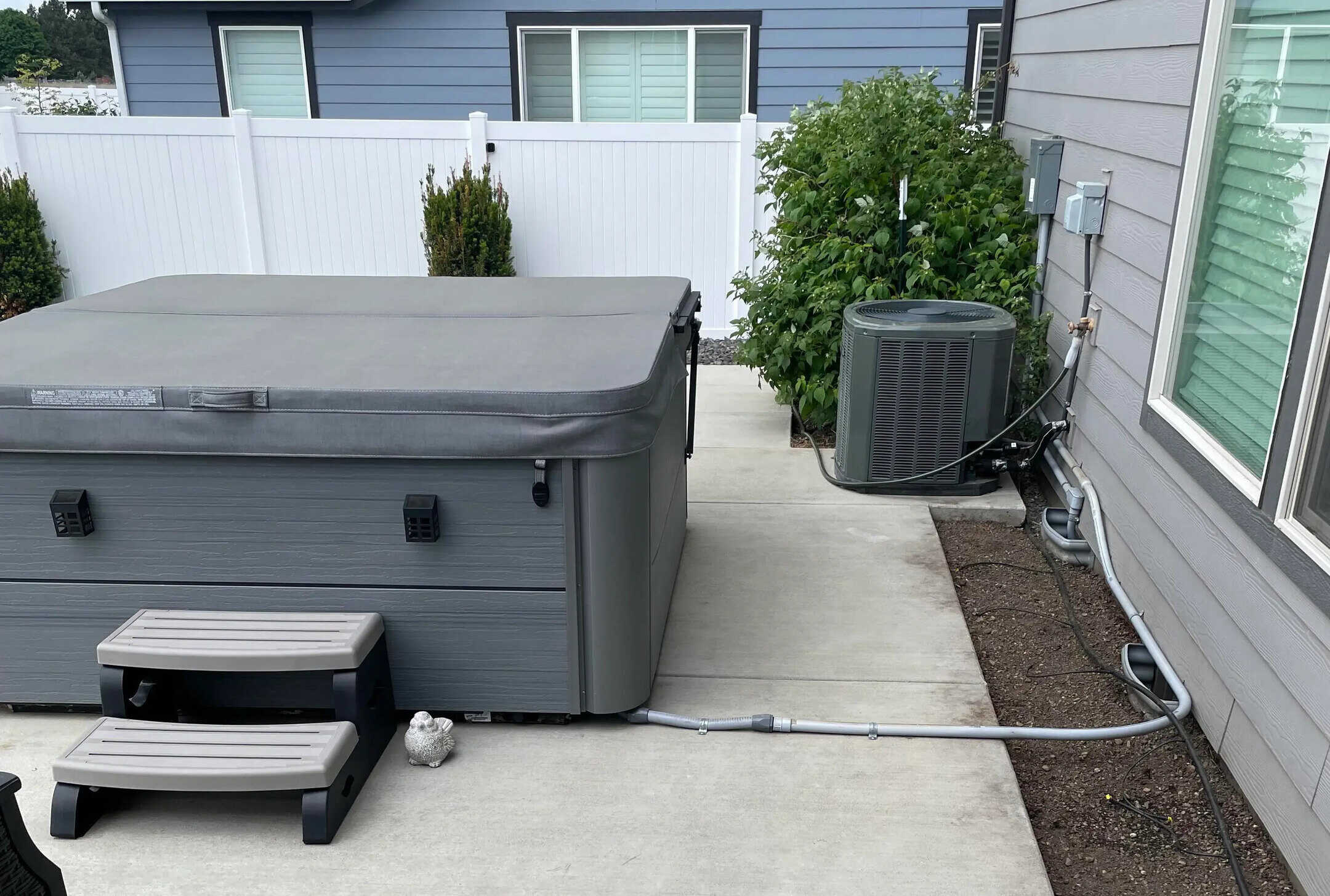
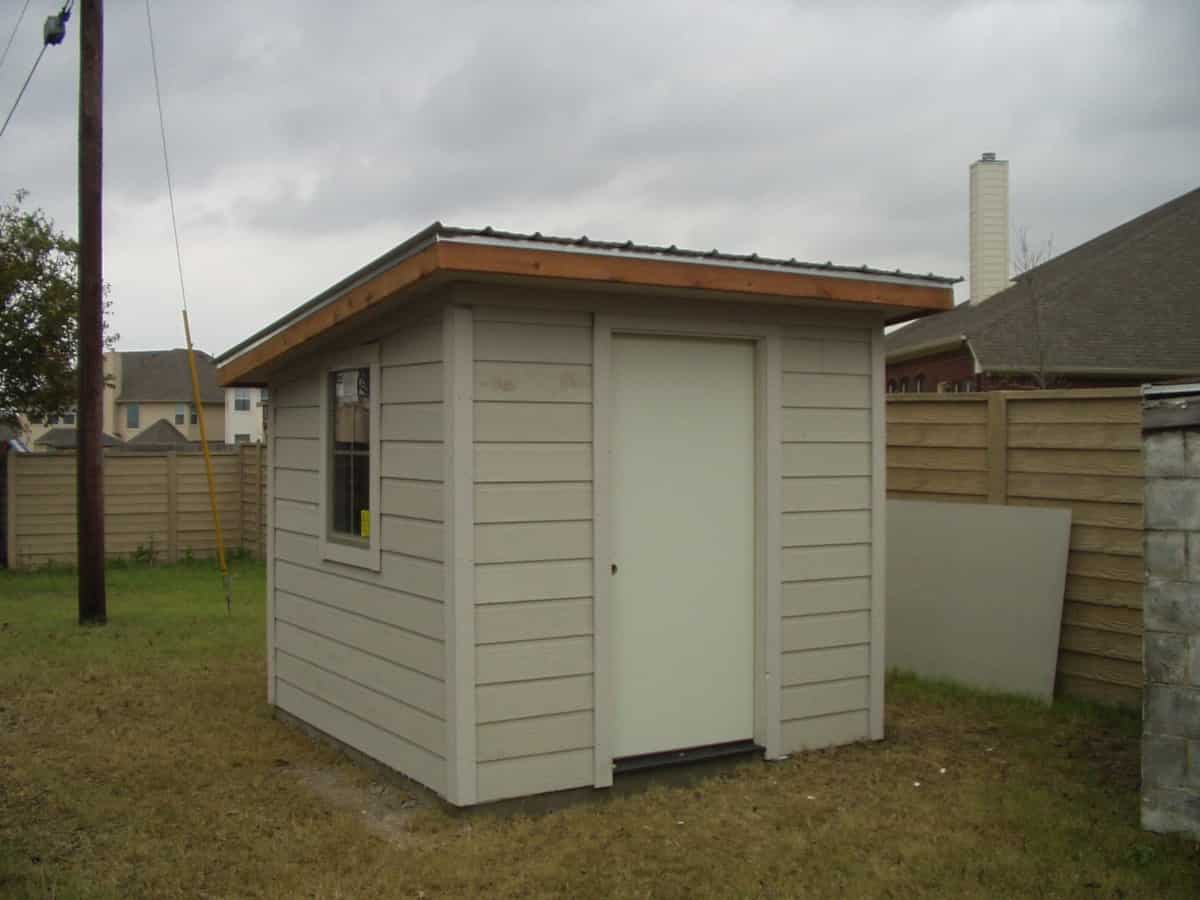
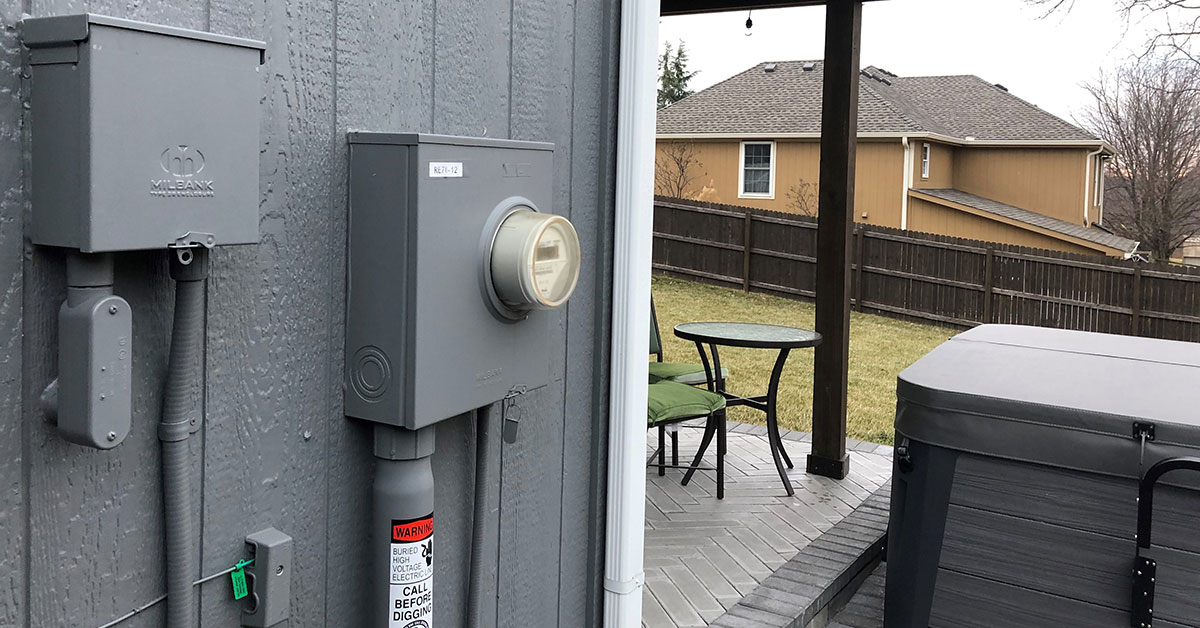




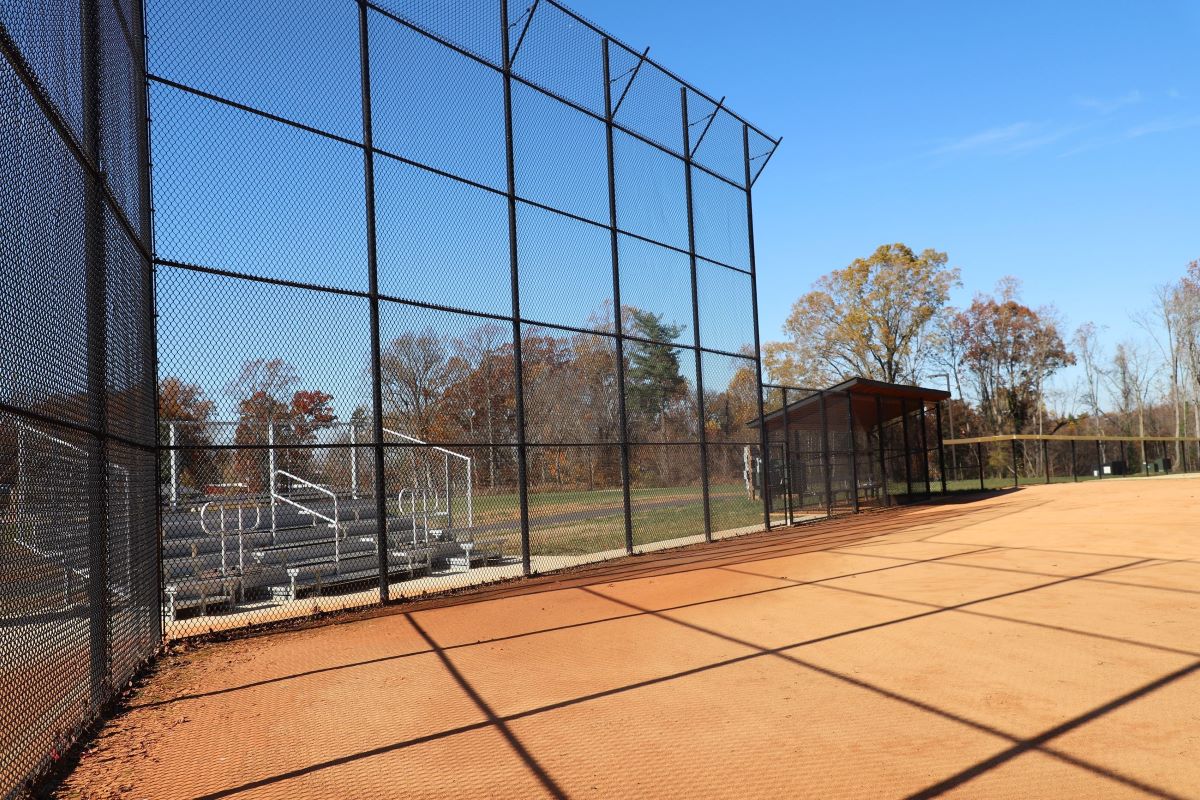
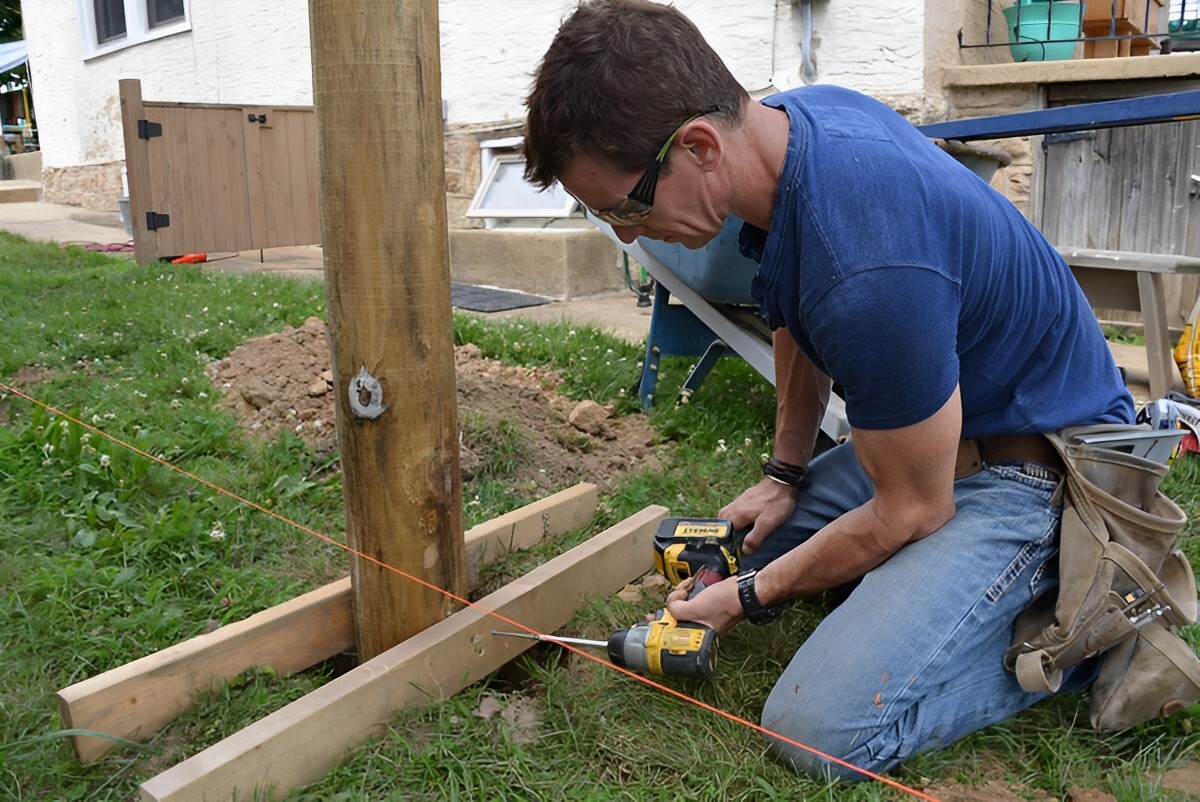

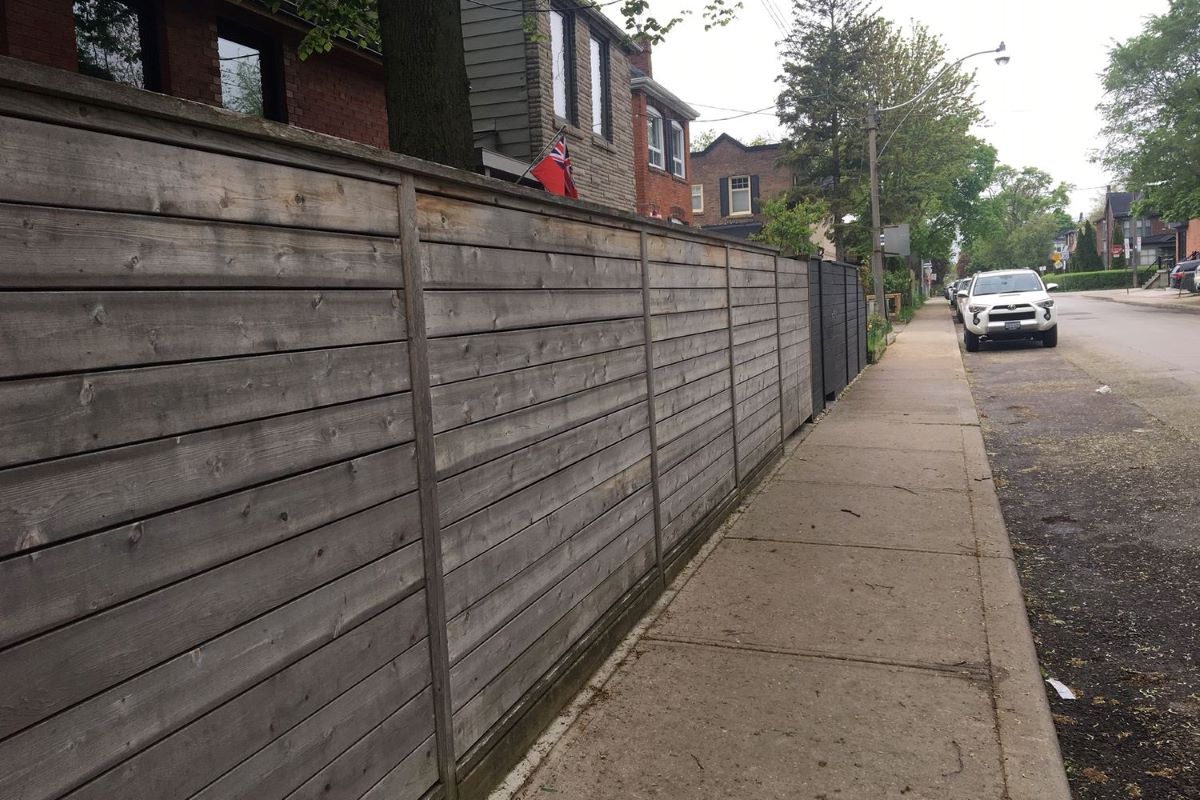


0 thoughts on “How Far Does A Fence Have To Be From The Road In Florida”